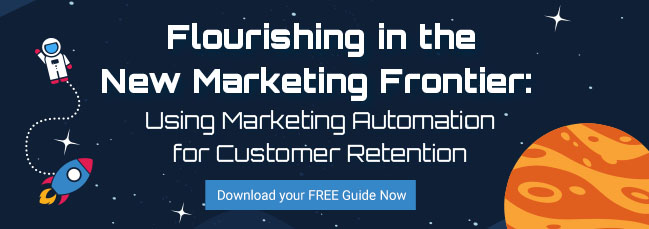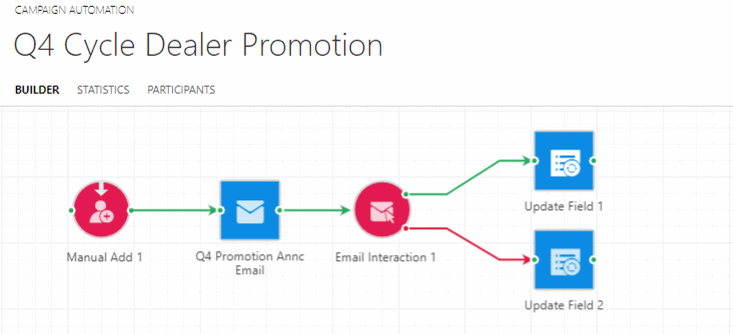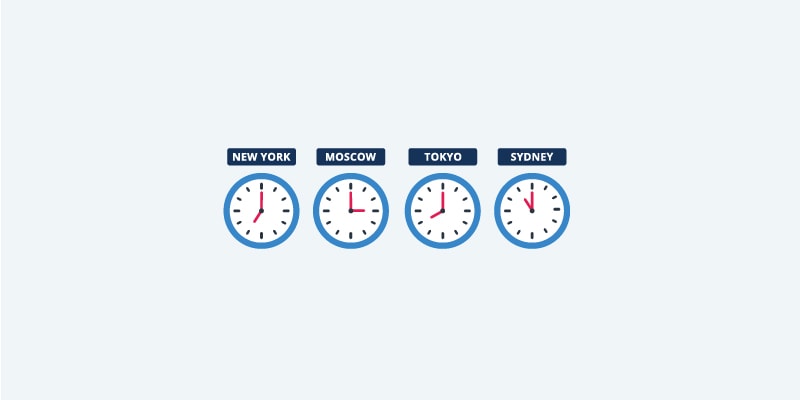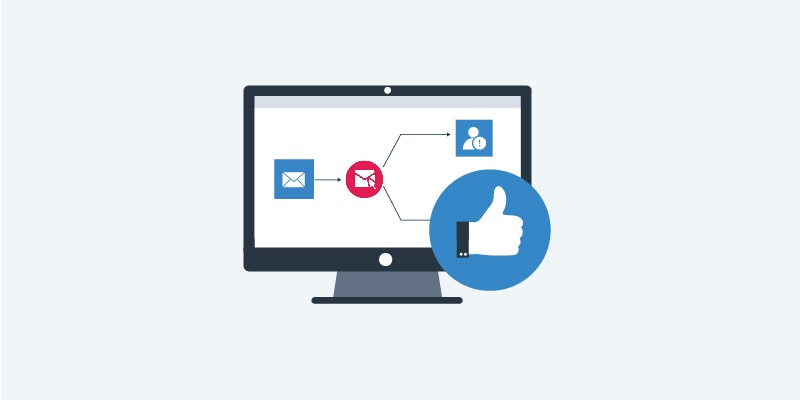Marketing automation is an exciting venture for any company but can seem overwhelming if you don’t know where to start. Automated campaigns, also known as campaign automations, are an effective way for brands to connect with their audiences while also increasing the efficiency of their marketing teams. One of the biggest benefits of campaign automation within a marketing automation platform is that it gives you the freedom to spend your time on more valuable work instead of manual-intensive tasks. To help you get started, we’ve outlined four effective campaign automations scenarios:
1. Onboarding new customers. Every new customer is an opportunity for you to lay the groundwork for an outstanding customer experience. You can do this by creating a campaign automation that automatically sends new customers a welcome email providing them with the necessary information on how to get in touch with your company. Continue the automation by sending another email about a week later with helpful content such as online training videos or eBooks. Finish the workflow with an email guiding your new customers to your company’s educational resources like a blog or content library. These initial communications will help ensure your customer’s success and establish future loyalty.
2. Nurturing leads. Some leads take longer than others to move through the buyer’s journey to qualification. Campaign automation can help move them along in that process. Simply begin the campaign by compiling a list of existing leads that you would like to nurture. Your first email should center around a common pain point or problem that your leads experience. The next few emails should demonstrate that your products provide a solution to their problem. Finally, finish the campaign by sending a few emails that present an opportunity for your leads to learn more, such as a live demo. Ultimately, this campaign should help build interest in your company if done correctly.
3. Retaining current customers. How can you ensure your customers are happy? Anticipate their needs and have open communication with them. You can do both through campaign automation. Start by creating a retention campaign automation that conveys your company’s values and shows that you support your customers. The length and timing of this campaign automation should be determined by your industry and selling schedule. For example, if your organization relies on annual renewals, you may only want to run this campaign yearly. In addition, you can also use this opportunity to send them a customer satisfaction survey and ask them how your organization can improve. This demonstrates that your company is paying attention and actually cares about their customers.
4. Re-engaging customers. Do you have customers that you want to re-engage? An automated campaign can help bring them back. Start by creating a marketing list of customers who haven’t purchased your products in the last 6 months, or whatever time frame is most relevant to your team. If a customer has forgotten about your company, you need to give them something that will grab their attention. Send them something truly valuable, like a best practices article that will address one of their pain points or information on a solution that they have previously expressed interested in or a new product they might be interested in based on previous purchases. The intention of this campaign is to send your customers an email that will pique their interest and re-engage them in your brand again.
Happy Marketing!









